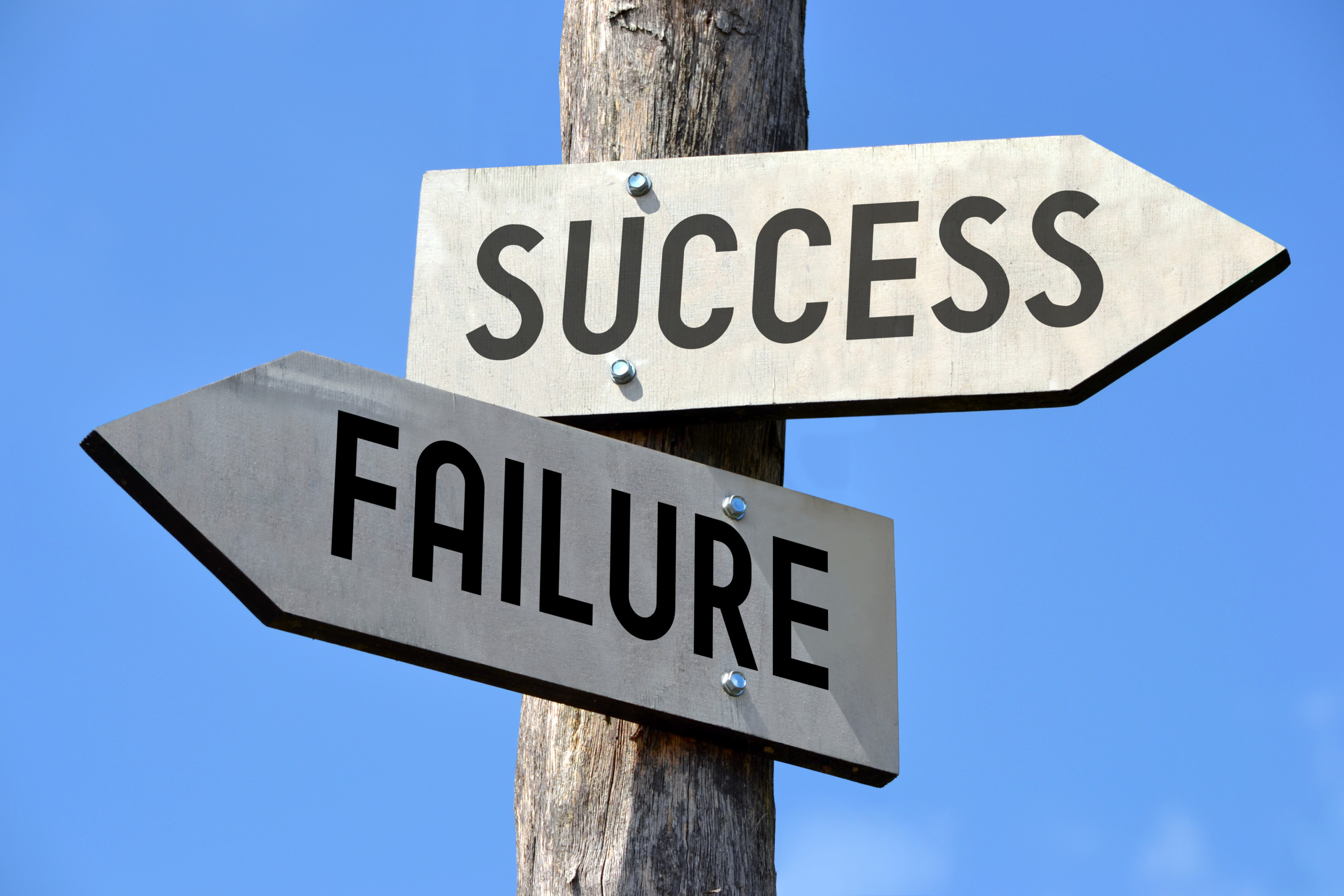So far, we have examined two possible barriers that limit or even prevent timely lead follow-up – lead bottlenecks (How Organizations Waste Perfectly Good Leads – Part 1) and the failure to deliver leads to the right person (How Organizations Waste Perfectly Good Leads – Part 2). In this final article, ‘How Organizations Waste Perfectly Good Leads – Part 3’, we’ll look at the remaining two barriers, which are the failure to deliver actionable leads that inspire follow-up and the lack of accountability.
Failure to Deliver Quality Leads
This third barrier to timely follow-up is specifically related to the ability to deliver “actionable” leads vs. just marginally interested people or even just lists of people (they-stopped-by-our-booth kinds of people). So what are “actionable” leads?
For a lead to be one where immediate and thoughtful action can be handled by sales, it should provide not only enough contact information to be delivered to the right person for response (name, title, company, email, phone, zip code, etc.), but also key information to enable that person to create an informed response, including:
- why they got this lead,
- what this prospect was looking at/interacting with,
- as much history on this prospect as available,
- any specific intention from the prospect,
- a suggested response if, applicable, and
- any related marketing/sales materials that are available based on the specific actions that led to the lead
With that said, there are two possible causes of failure to deliver leads that inspire action.
Incomplete Information
Incomplete information, discussed in the previous article in terms of how it can result in not assigning a lead to the right person, can also result in delivering low-quality leads to sales. The salesperson knows the prospect is a lead, but they have no information on “why” the person is a lead, and this can produce both an awkward and certainly unhelpful response. Giving the salesperson a full view of the lead (e.g., why the person responded, what content was involved, related content that may assist the salesperson) will inspire better follow-up.
The boy who cried “wolf”
The second root cause relates to creating a long history of poorly separating good leads from bad leads. Salespeople start believing that marketing is just the “boy who cried ‘wolf’” – “all of these are leads, sure.” If the sales team begins to believe they just get the “kitchen sink” of anyone who might be a lead, they will lose faith and see follow-up activities as a waste of time. For example, sending a salesperson a list of just anyone who stopped by the booth (badge scan) is not sending them a list of qualified leads, but rather just a list of people who were at the show and happened by the booth.
Any marketing tactic must consider how leads can be graded to determine whether a lead should be discarded, nurtured further by marketing, or sent to sales. When this is done correctly, then marketing and sales management can expect salesperson accountability in lead follow-up.
Lack of Accountability
The final major barrier to timely lead follow-up can be summed up as a lack of accountability – a lack of clear performance management objectives and transparency.
Who holds anyone accountable?
At the top of the sales funnel, there are just leads. They are not yet identified opportunities, are not in a sales opportunity pipeline, and are certainly more difficult to manage due to the volume of leads vs. those active opportunities. So who is managing the performance of the sales team’s follow-up on leads, and how is that done?
Research by GrowthPoint, at a recent B2B manufacturer trade show, revealed that around 33% of the companies surveyed don’t even attempt to track lead follow-up, and another 33% of them simply rely on salespeople to manually send them information. So 66% of companies surveyed are either getting information well after the fact or getting no information at all.
33% of the companies surveyed don’t even attempt to track lead follow-up and another 33% of them simply rely on sales people to manually send them information.
Someone in a position of sales leadership (yes, specifically sales leadership) must expect salespeople to respond and then measure that follow-up activity in order to maintain accountability.
Lack of Automation
Another fundamental cause that leads to a lack of accountability surfaces when the lead management process (with respect to follow-up) is not automated in some way – it’s not easy. The lead follow-up process must be something that a salesperson can do quickly. This should take seconds, not minutes to accomplish.
Consider this –
“46% of marketers with mature lead management processes have sales teams that follow-up on more than 75% of marketing-generated leads.” (Forrester Research) It is the “build it they will come” approach.
Bringing it all together
The purpose of this series, How Organizations Waste Perfectly Good Leads, was to be very upfront about the barriers that prevent timely lead follow-up. Why? As you may recall, one of the first quotes presented in the first article of the series was “35%-50% of sales go to the vendor that responds first” (InsideSales.com). Either you are the first to respond, or you are not. The statistics will play out after that. How Organizations Waste Perfectly Good Leads – Part 3







[…] How to waste perfectly good leads (part 3) – Lead Quality and Accountability […]
[…] final post in this series, How to Waste Perfectly Good Leads (part 3) – Lead Quality and Accountability – will show you that last two remaining obstacles that may need addressing to truly enable […]